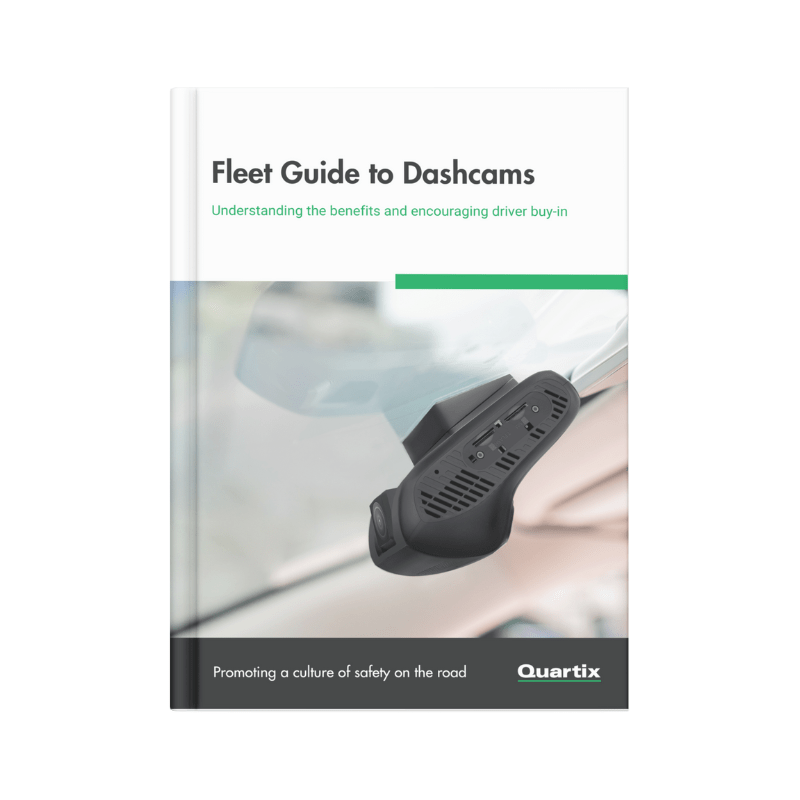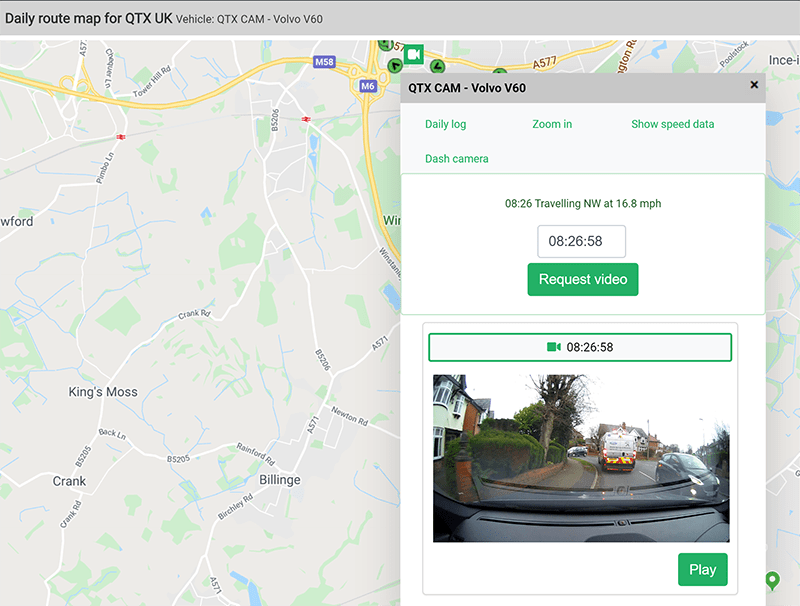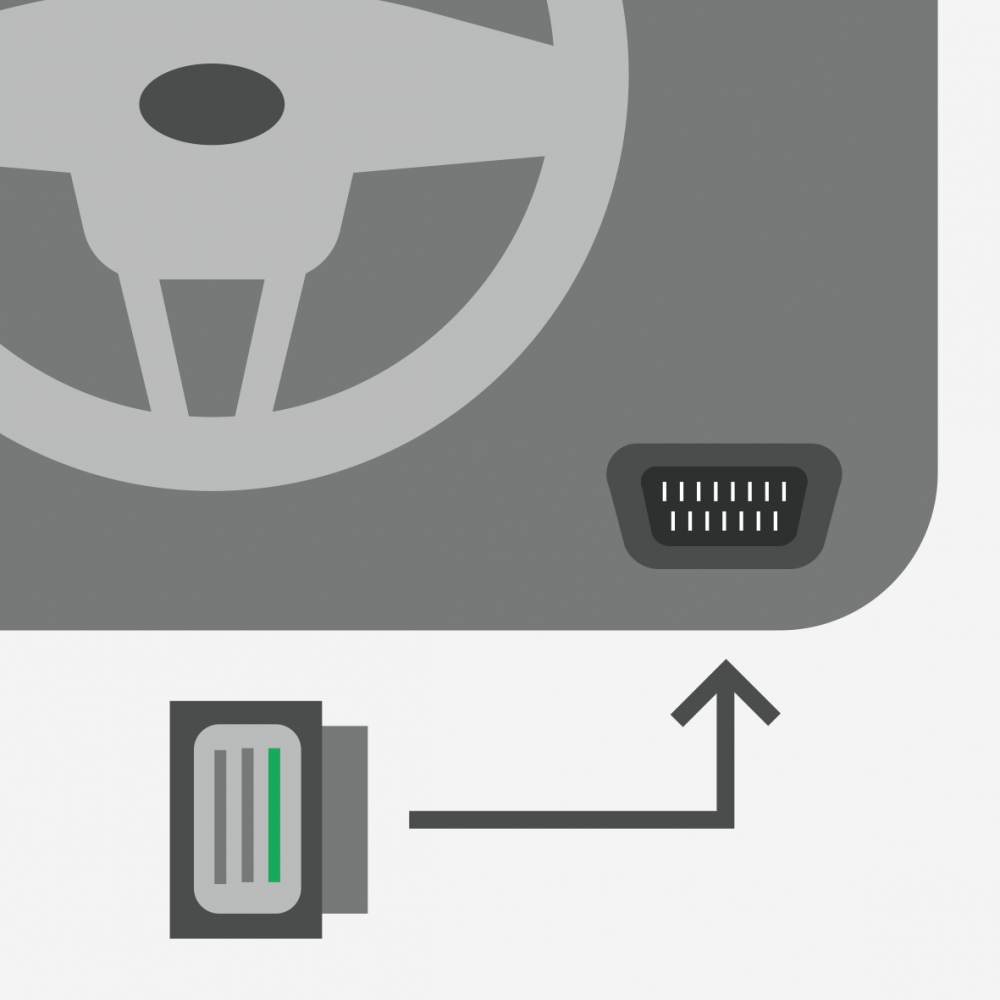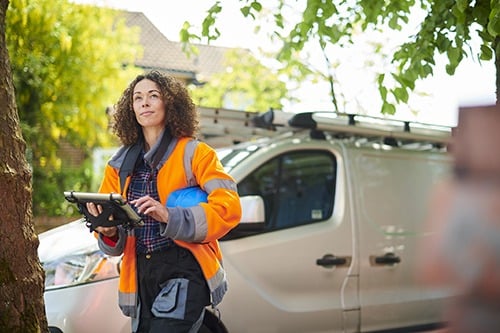See for yourself how Quartix works with our fully interactive real-time demo.
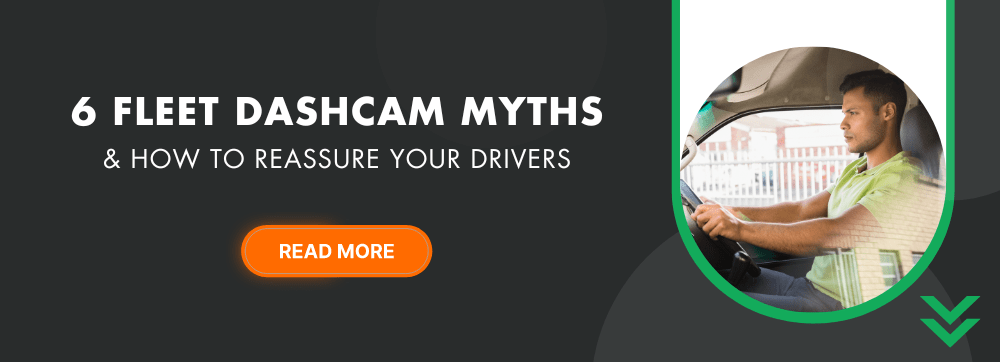
Reassuring your staff about dashcams
Introducing dashcams into your business operations for the first time can sometimes spark some concerns among staff that are not familiar with the benefits.
Reassuring staff that the technology is there to encourage safer driving and to help them in the case of an unfair claim, is crucial to getting staff buy-in on fleet dashcams.
Read on to learn how to overcome some common misconceptions about fleet dashcams.
Debunking fleet dashcam myths
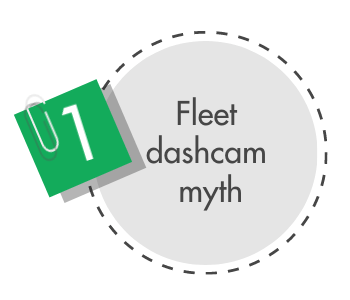
Do dashcams constantly monitor staff?
No! Dashcams are primarily installed to capture critical events on the road, such as accidents or reckless driving incidents. They are not used to continuously monitor drivers’ activities, and managers don’t have the time to.
Most fleet dashcams are only configured to upload footage when triggered by specific events on the device, such as detecting high-impact, or when manually requested by the business or the driver.
Footage is generally only checked in the event of an incident as it serves as a reliable witness.
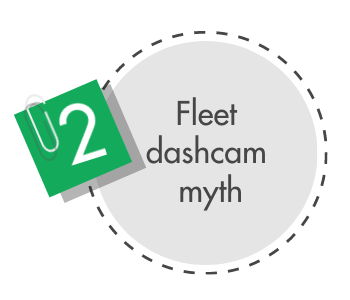
Are dashcams used for micromanagement?
No! Contrary to this misconception, dashcams are employed to enhance safety and accountability, not to micromanage or punish drivers.
While recorded footage can act as a tool for coaching drivers, dashcams primarily protect the driver and the business from false claims and ensure fair treatment in case of incidents.
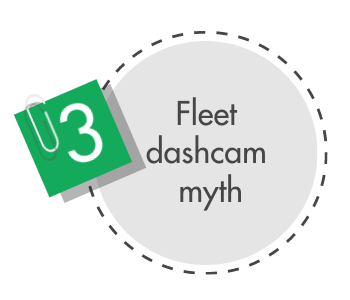
Do dashcams listen to your conversations?
No! Fleet dashcams are intended to record the road and vehicle interior for safety and operational purposes. Data protection protocols should be in place to safeguard employee privacy and most solutions are configured with audio recording disabled by default.
Audio might be considered necessary, for example, if members of staff are often subject to verbal abuse within the areas that they operate, but drivers should be made aware when audio is enabled.
Employees should have access to information explaining what their employers dashcam solution does and does not do. Read more about the rules that apply to business use of dashcams in our Fleet Dashcam Guide.
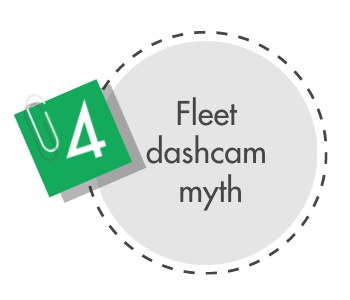
Will my boss always be watching me?
No! Not all fleet dash cams offer live streaming, this feature is generally considered unnecessary. Footage is generally only considered useful to review after something has happened, whether that be a triggered alert or a reported incident, to assess the situation and identify what occurred.
Not only would managers struggle to get any real work done if they spent time watching dashcam footage to proactively check on staff behaviour, this would create a bad company culture.
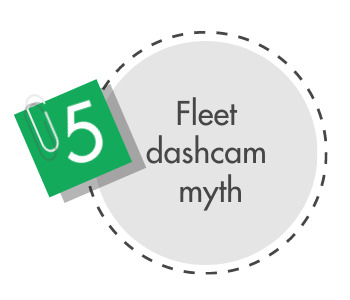
Do dashcams only benefit the company?
No! Dashcams benefit both businesses and their staff.
Though dashcams naturally discourage poor driving behaviours and provide valuable feedback on driver behaviour, their main purpose is to protect the driver and the business from false claims.
Dash cams can expedite insurance claims processes, leading to faster resolution of incidents, minimising downtime for businesses and stress for the staff involved.
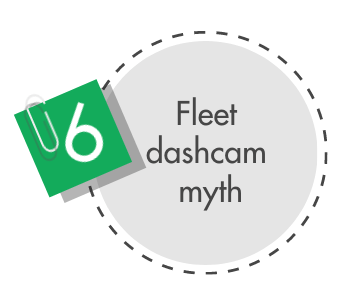
Do dashcams increase stress and anxiety?
No! While it is natural to feel apprehensive about being recorded at first, dashcams can alleviate stress and anxiety by providing drivers with protection.
Knowing that they have objective evidence to rely on in case of disputes or accidents can actually empower drivers and help them to feel more confident on the road.
Once staff have experienced the benefits of fleet dashcams, they often expect their employers to provide this safety measure to cover them in the event of an incident. Get 5 tips for a successful dash cam rollout in our fleet dashcam guide to help you introduce dash cam technology to your staff and manage their expectations.
Find out more in the Fleet Guide to Dashcams
Download your free guide today to learn more about dashcam features, the rules around their usage, and hear our practical tips for introducing the technology successfully into your business.
Your fleet dashcam FAQs
Using fleet dashcams allows businesses to improve driver safety, reduce costs and speed up insurance claims. Dashcams allow businesses to:
- See full coverage of critical events and investigate incidents promptly
- React quickly when a suspected collision is detected
- Eliminate fraudulent claims
- Reduce accident-related costs and insurance premiums
- Promote driver accountability and safer driving
- Identify risks such as distracted driving with driver-facing solutions, to support driver coaching
- Protect business reputation
To comply with GDPR, you must justify the use of fleet dashcams in a company policy document. This justification can be to improve the safety of the driver, passengers, and other road users, and to provide evidence in the event of an accident. See more rules around business use of dashcams in our guide.
Having a dashcam doesn’t guarantee an insurance discount, however many insurers recognise the added safety and security benefits they provide. Some insurance companies offer discounts on premiums for vehicles equipped with dashcams, making it a point worth mentioning when obtaining insurance quotes.
Incidents can happen anytime, anywhere, and so it’s best to have a dashcam that is always running to protect that driver and the vehicle. Insurance companies will often only reduce premiums if a business states that its dashcams will always be enabled, otherwise they can’t rely on the evidence always being available.
Distracted driving is one of the biggest causes of traffic accidents, and AI and MV dashcam solutions continuously monitor and rate driver performance, detecting and creating alerts for distracted or dangerous driving behaviours. This makes staff pushback more likely. It may not justify the added costs, and you need to consider your business’ capacity to process, review and act upon these notifications. Learn more in our fleet dashcams guide.
Frame rate controls how smooth footage will appear and is measured in frames per second (fps). HD footage at 25-30fps will result in the smoothest, clearest video for accurate analysis and evidence, though lower resolutions and frame rates may also be perfectly adequate.
Yes, many dashcams are equipped with infrared illumination for night vision, especially if they are driver-facing dashcams.
Some dashcams have a parking mode for surveillance while the vehicle is stationary with the ignition off, to capture evidence of potential accidents, vandalism, or theft.
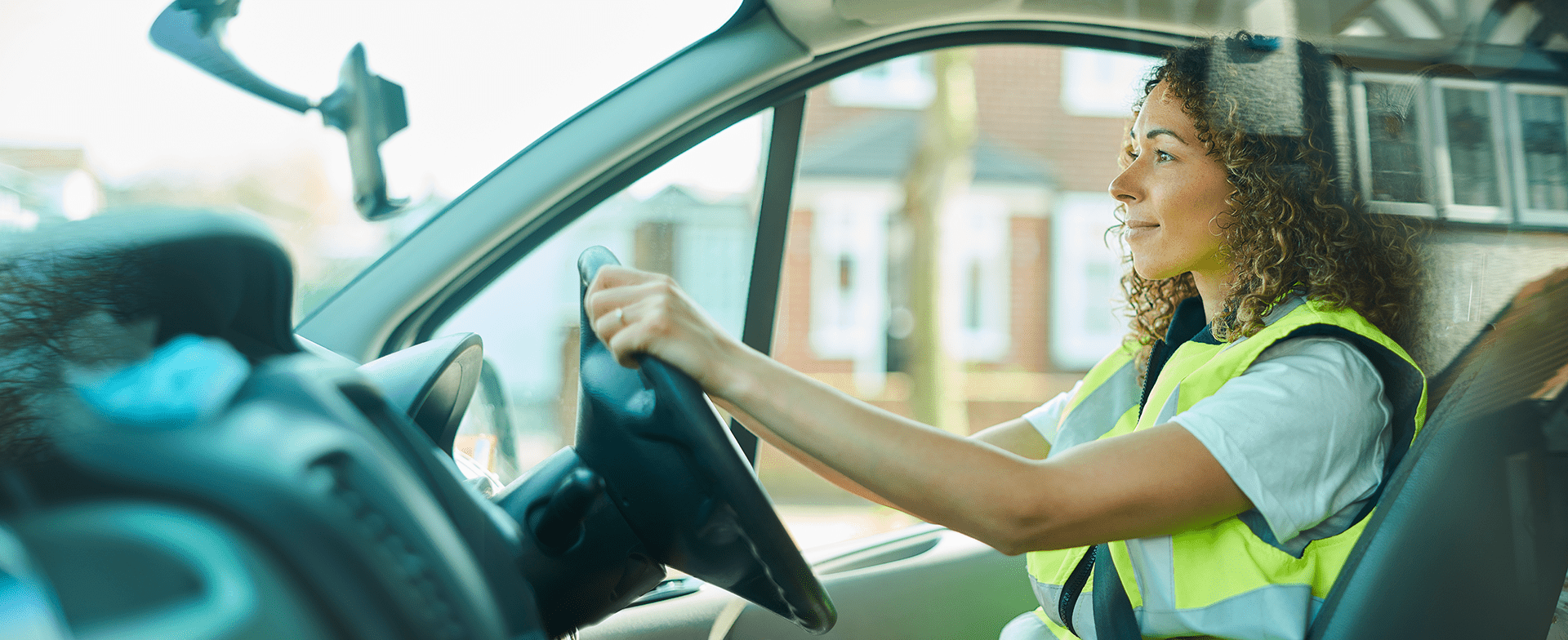
Promote a culture of safety on the road and protect your business with our fleet dashcam solutions
